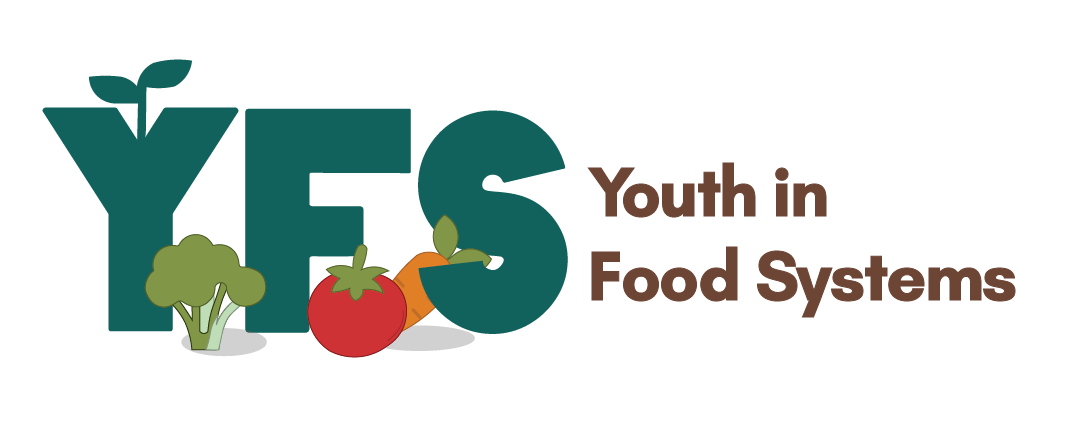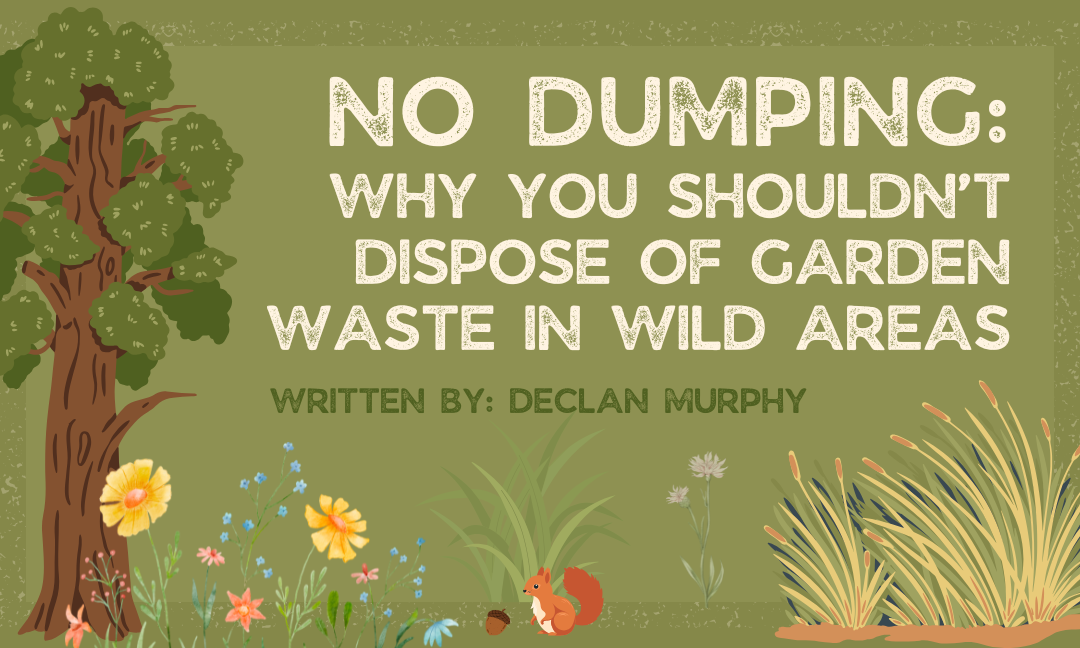Written by: Declan Murphy
Edited by: Jana Daniels
Designed by: Kiya Tavascia
Published by: Rayna Almas
Spring cleanup, maintenance, harvesting, and putting the garden to bed in winter are all a lot of work, and can generate a lot of unavoidable yard waste. How can we dispose of this waste safely?
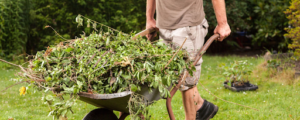
Gardening results in a lot of material. Some of it is good, sustainable produce, which we all enjoy! Some of it, however, is waste, and it can be a challenge to dispose of the waste properly.
Obviously, the first thing to do is to plan, maintain and harvest your garden with an eye to reducing the waste your garden produces. For example, did you know that many lesser-known parts of some plants are also edible? (Broccoli and cauliflower greens are a good source of nutrients, and can be a delightful addition to soups and stews throughout the winter, fresh or frozen.) Planning your garden carefully and having adequate food knowledge about your crops can reduce a lot of what might be otherwise considered “waste”.
However, no matter how experienced and knowledgeable a gardener is, gardens and yards will always produce some waste material.
Remember: Never dispose of garden or yard waste in a natural or wild area!
We might be tempted to see organic yard or garden waste as simply more compost for a natural area. Afterall, some people have advocated for carefully disposing of Christmas trees in wild habitats. However, garden and yard waste can pose multiple threats to natural areas, and you should never dump your waste in parks, forests or other green spaces.
The biggest reason not to dump yard or garden waste in natural areas is because this material could pose a threat to indigenous plant species through the introduction of cultivated species seeds. Dumping can cause an invasive species to take root (literally) in a wild area, which can harm plants and animals in an area. Even if your waste is tree branches, grass clippings and tomato plants without any fruit on it, these seemingly seed-free plants could be carrying hitchhikers! Even just a few invasive seeds could cause harm to an ecosystem for a long time.
Further, even uncultivated weeds can cause trouble! Just because you consider a plant a “weed,” that doesn’t mean it is natural for your location. For example, Himalayan balsam or dog strangling vine are just some of the plants that grow spontaneously but are also considered invasive in Ontario. Never dump yard waste containing unknown plants, especially!
Not only can dumping yard and garden waste force indigenous plants out of an area, dumping piles of waste can simply smother natural plants to death under the heap. We tend to assume organic waste will decompose quicker than it actually does, and, in the meantime, natural fauna will be killed under your waste. Waste piles can also provide fodder for fire in dry seasons, a particular concern in the face of climate change.
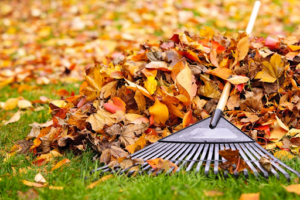
Waste piles can destabilize an ecosystem by offering refuge to parasites and rodents, and can cause instability in the soil, especially around riverbanks. Even common plants can carry spores, molds and pests that contaminate the natural surroundings.
Further, yard and garden waste, while biodegradable, is still pollution of a sort. It is unsightly for other people trying to enjoy the natural area, and can adversely affect the air quality in a park or conservation area. Waste can also contain harmful yard and garden compounds that can leach into the local system. Even if you are careful with the products you use on your yard and garden, can you be certain that every link along your supply chain has been equally careful?
Finally, dumping yard and garden waste can be, well, just plain wasteful! Uncontaminated organic waste is better off being composted. Most regions have a composting program, so check in your area and follow the guidelines for leaf, yard and garden waste disposal. It is always recommended to do some research into the local bylaws and waste disposal practices in your neighbourhood as part of your garden and yard preparation, and find out how you can dispose of your waste properly through local pickup and composting programs.
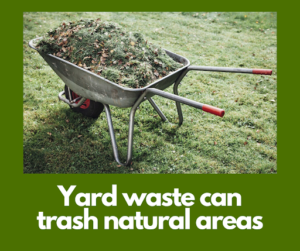
Remember – maintaining a sustainable garden doesn’t just end with planting and harvesting! It is a full cycle from planning and prep to cleanup.
Please, do your part to keep our ecosystems healthy!
References
CleanNorth. (2020, July 20). Don’t dump garden waste in natural areas – Clean North. Clean North. https://www.cleannorth.org/2020/07/20/dont-dump-garden-waste-in-natural-areas/.
Gibson, L. (2022.) How to sustainably dispose of your real Christmas tree – AgriLife Today. https://agrilifetoday.tamu.edu/2022/12/23/how-to-sustainably-dispose-of-real-christmas-trees/.
Greenways Land Trust. (2016.) What Can You Do? Greenways Trust Brochure. https://www.greenwaystrust.ca/wp-content/uploads/2016/08/Yard-Waste-Brochure-2.pdf.
Ontario Parks. (2025, May 16). Got yard waste? Keep it away from your local green space! Ontario Parks Blog. https://blog.ontarioparks.ca/yard-waste/.
